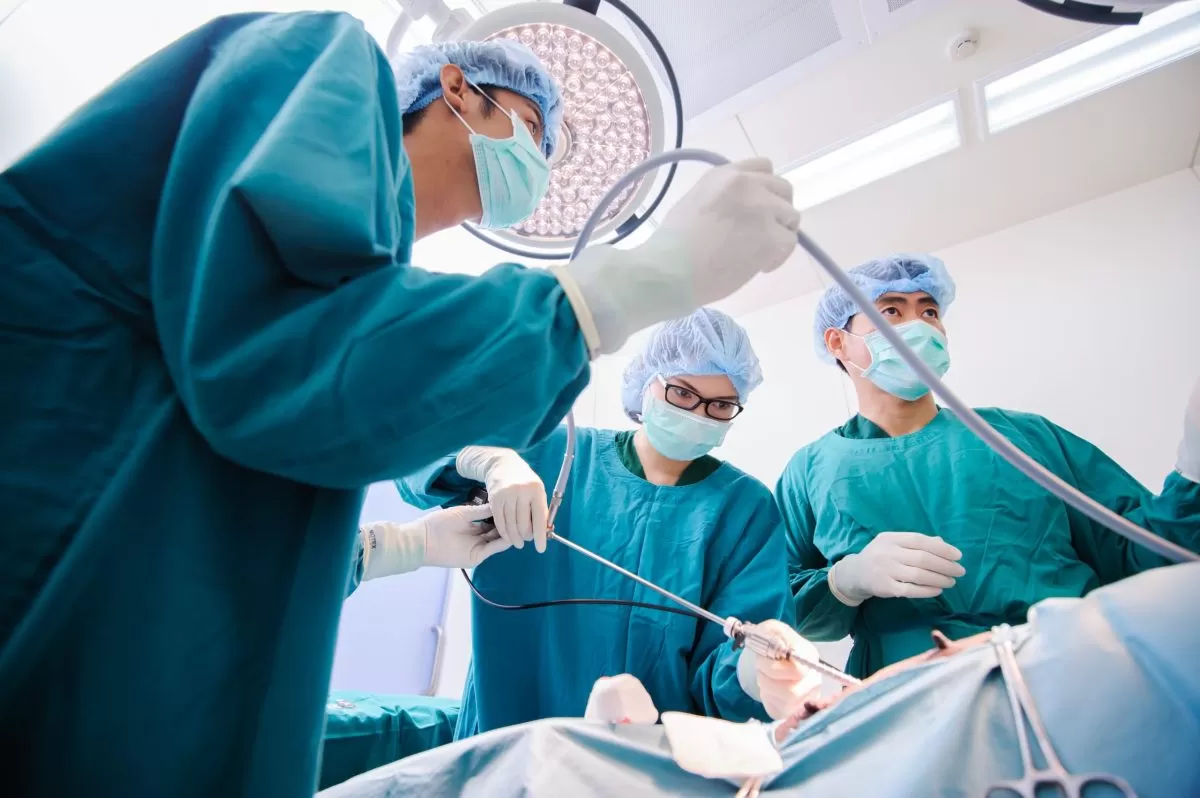
GI Investigations

GASTROSCOPY
Gastroscopyis a medical term that has two parts: gastro for “stomach” and scopy for “looking”. Gastroscopy is a diagnostic test that enables the doctor to view the stomach. The instrument used to perform this simple test is the gastroscope: a long, thin, flexible fiberoptic tube. Within the end of this remarkable device is a miniaturized color TV camera with a wide angle lens. By passing this “scope” through the stomach, your doctor can directly examine the lining of your upper digestive system. The examination is quick, painless and without incision.
Colonoscopy
Colonoscopy allows the physician to investigate the entire large intestine, from the lowest part, to the rectum, all the way up through the colon to the lower end of the small intestine. This procedure is used to detect early signs of cancer in the colon and rectum. It can also be used to diagnose the causes of changes in bowel habits. Colonoscopy enables the physician to detect inflamed tissue, abnormal growths, ulcers and bleeding
Virtual colonoscopy (VC)
Virtual colonoscopy is a medical imaging procedure which uses x-rays and computers to produce two – and tree-dimensional images of the colon (large intestine) from the lowest part, the rectum, all the way to the lower end of the small intestine and display them on a screen. Virtual Colonoscopy provides clearer, more detailed images than a conventional x-ray using a barium enema, sometime called a lower gastrointestinal (GI) series. It also takes less time than either a conventional colonoscopy or a lower GI series. Since it does not use a colonoscopy, no sedation is needed and the patient can return to his/her usual activities or go home after the procedure without the aid of another person.
CP (Endoscopic Retrograde Cholangiopancreatography)
Diagnostic ERCP (endoscopic Retrograde Cholangiopancreatography):
Identifies a problem within the bile duct or pancreas e.g. gallstones, cancer of the bile ducts, chronological pancreatitis.
Early Detection of GI-Cancer
The newest innovation for early detection of GI cancer is called “Narrow Band Imaging (NBI)”, an optical filter technology that radically improves the visibility of capillaries, veins and other subtle tissue structures, by optimizing the absorbance and scattering characteristics of light. This method is used in the upper and lower digestive system details up to the cellular level, requires no NBI images on the monitor also help doctors to indicate areas of abnormality without waiting for pathology analysis.
Gastrointestinal Wireless Capsule Endoscopy is a new medical technological advancement for diagnosis of small intestinal neoplasms in patients with gastrointestinal polyposis syndrome. The examination is quick, painless, without incision, small risk, with very high accuracy. It was found to be one of the most convenient, safe, and effective methods for detecting small intestine problems. This technology has already been trialled in many countries including USA, UK Germany, Italy, Israel, and Hong Kong.
Common diseases can easily occur in the Gastro-Intestinal system.
Share :




